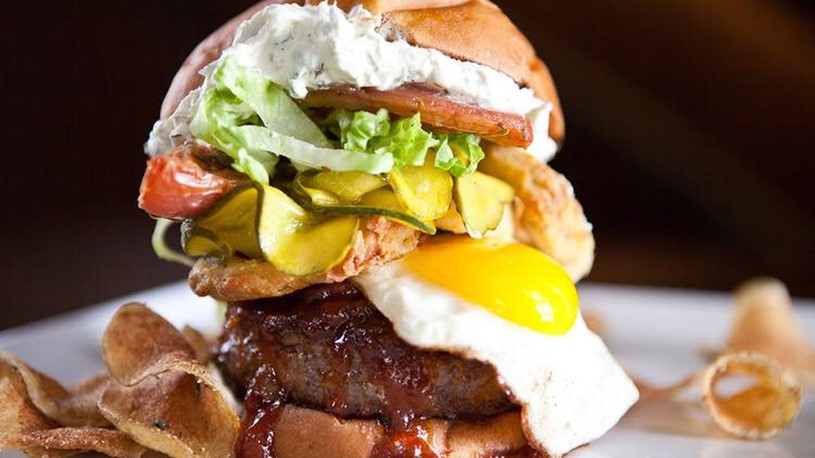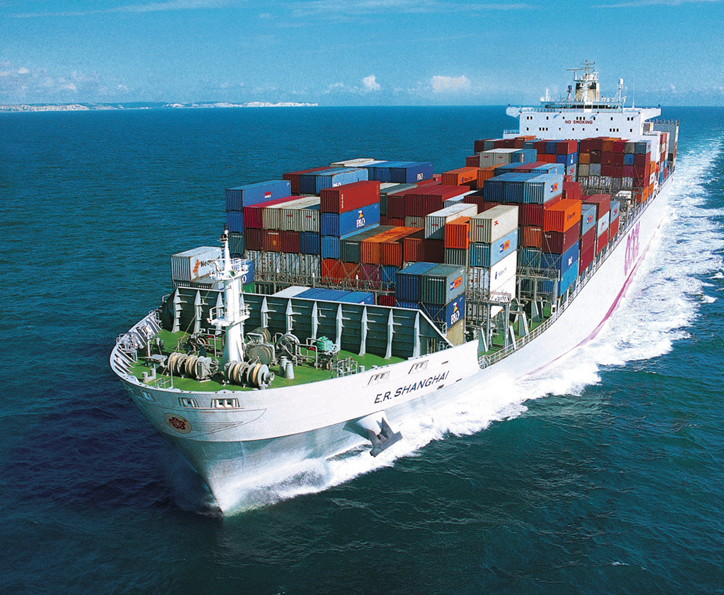Burger King In A Sauna
September 19, 2016 in Daily Bulletin

Maureen O’Hare looked at Burger King’s latest store concept:
- Burger King has opened up a 15 person sauna in Finland. Patrons can give servers their orders and eat the chain’s grilled burgers in the steamed saunas.
- It sort of makes sense. Saunas are extremely popular in Finland with one available for every three people in the country.
- It is a place where Finns socialize and host business meetings.
- The spa offers Burger King branded towels and can be rented out for three hours for the equivalent of $280.
Read more here.
Source: CNN
Via: Marginal Revolution









Join the Discussion! (No Signup Required)